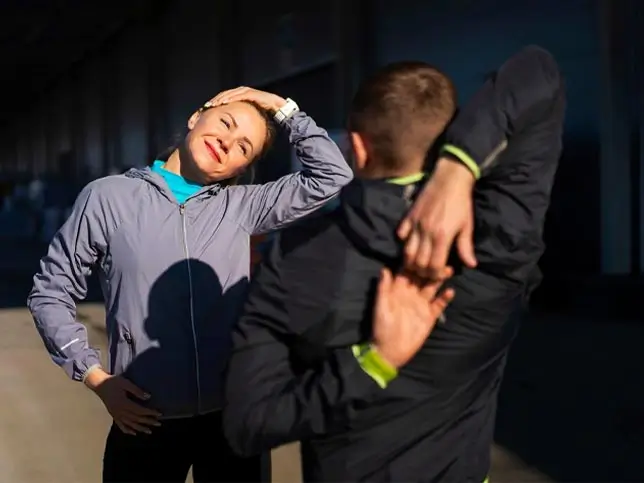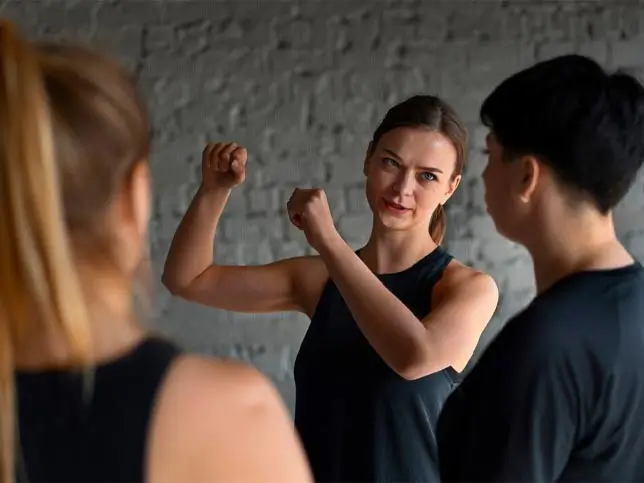Physical self-defence is a crucial aspect of personal safety and empowerment. It equips individuals with the skills and confidence to protect themselves from physical threats, especially in situations where verbal de-escalation or avoidance is not feasible. Understanding the importance of physical self-defence and familiarizing oneself with effective techniques can significantly enhance one's ability to respond to and manage confrontational situations.

Importance of Physical Self-defence
Empowerment and Confidence
Knowing how to defend oneself physically provides a sense of empowerment and confidence. It reduces fear and anxiety associated with potential threats, enabling individuals to face challenging situations with greater assurance.
Personal Safety
Physical self-defence skills are vital for protecting oneself from harm. In situations where verbal communication fails or is not an option, physical self-defence becomes essential in ensuring personal safety and preventing injury.
Deterrence of Aggression
Demonstrating the ability to defend oneself can act as a deterrent to potential aggressors. When attackers perceive that their target can effectively resist or retaliate, they may be less likely to proceed with their aggressive behaviour.
Increased Awareness and Preparedness
Training in physical self-defence enhances situational awareness and preparedness. Individuals learn to identify potential threats, recognize warning signs, and respond appropriately to various types of attacks.
Stress Relief and Physical Fitness
Engaging in self-defence training provides physical exercise and helps manage stress. It promotes overall physical fitness, which contributes to better health and well-being.
Popular Physical Self-defence Techniques
Joint Locks and Holds
These techniques involve manipulating the attacker’s joints to control or incapacitate them. Common joint locks include:
- Wrist Lock: Grasping and twisting the attacker’s wrist to cause pain and restrict movement.
- Arm Bar: Using leverage to extend the attacker’s arm and apply pressure to the elbow joint, creating discomfort and control.
- Shoulder Lock: Applying pressure to the attacker’s shoulder joint to restrict their movement and gain control.
Defensive Manoeuvres
Techniques that help in avoiding or countering attacks include:
- Blocking: Using the arms or legs to intercept and deflect an incoming attack, such as a punch or kick.
- Dodging: Moving the body to avoid an incoming strike, which can create an opportunity to counterattack or escape.
- Escape Techniques: Methods for breaking free from holds or grabs, such as twisting the body to slip out of a wrist grab or using leverage to break free from a chokehold.
Ground Defence
Techniques for defending oneself when on the ground include:
- Guard Position: Using the legs to create a barrier between oneself and the attacker while on the ground.
- Shrimping: A movement technique used to reposition the body and create space for escape or counterattack.

Conclusion
Physical self-defence is a vital skill for ensuring personal safety and confidence. By learning and practicing popular self-defence techniques, individuals can effectively protect themselves from physical threats and respond to confrontations with greater assurance. Techniques such as strikes, kicks, joint locks, defensive manoeuvres, and ground defence provide practical tools for managing various types of attacks. Investing in self-defence training not only enhances personal safety but also contributes to overall well-being and empowerment.
